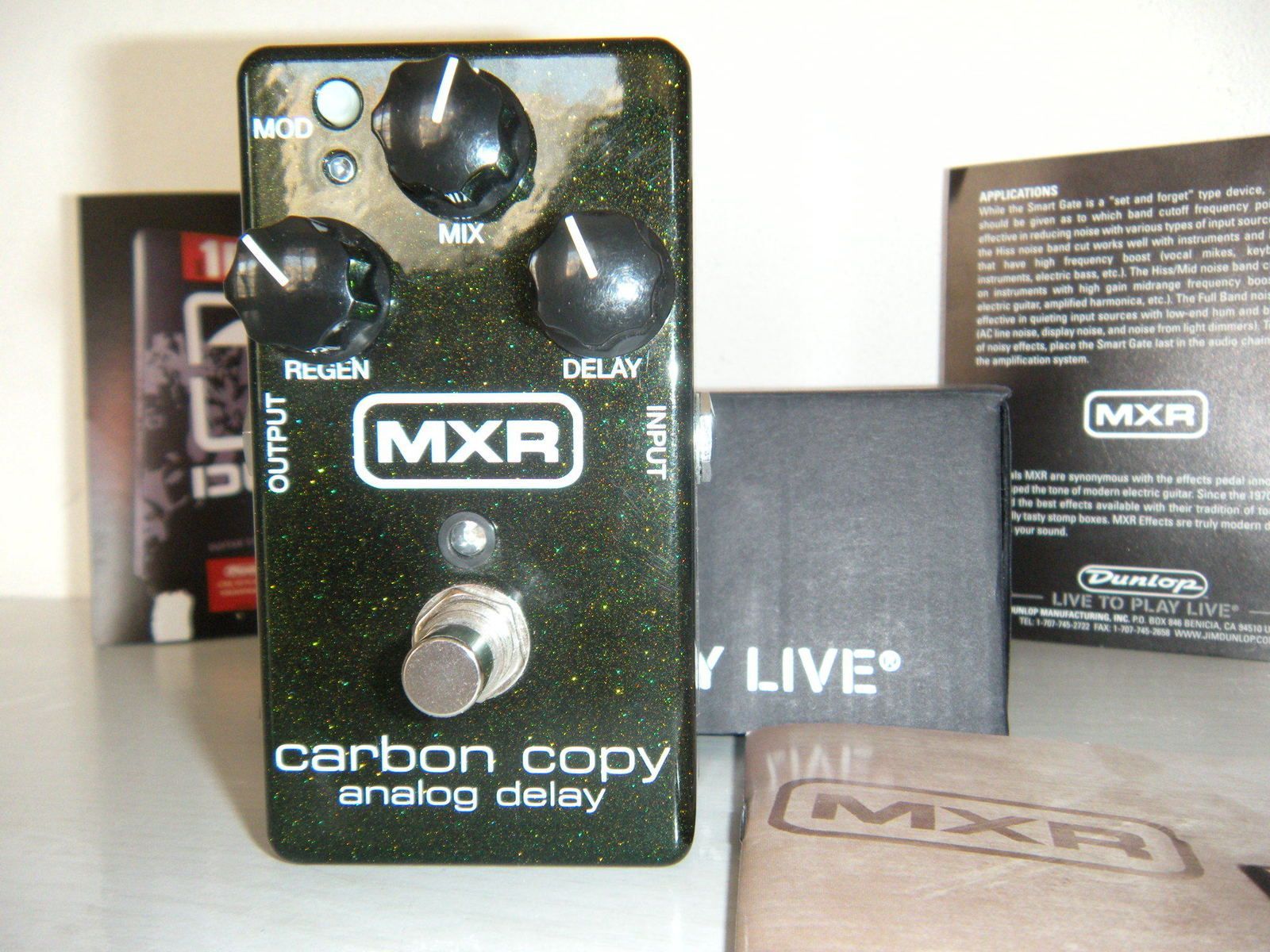

Increase in Tax Credit Value to $85 per Ton.The Act contains several important broadening changes to the 45Q tax credit, all of which are intended to help spur CCUS project and technological development, with the ultimate goal of facilitating a self-sustaining, market-driven CCUS industry. (The value of the existing 45Q tax credit is about $50 per ton of stored carbon oxide.) For projects with carbon capture equipment placed in service on or after February 9, 2018, these tax credits will accrue to the person or entity who owns the capture equipment and physically or contractually provides for the disposal or utilization of the carbon oxides.
#Carbon copy code#
The US government has supported this effort by providing certain tax credits to owners and developers of CCUS projects, often referred to as “45Q” tax credits in reference to the Internal Revenue Code section that provides for these credits.Ĥ5Q tax credits are currently based on the amount of carbon oxides captured and sequestered, calculated by the metric ton. CCUS has gained momentum in recent years as a manner by which carbon emissions may be limited in an effort to combat climate change. The Act also contains a variety of beneficial modifications to existing tax credits aimed at propping up the developing CCUS industry and appears to be responsive to industry and policy suggestions that will allow for meaningful development of CCUS projects, broaden the number of CCUS-related projects that can benefit from these tax credits and potentially increase the number and character of CCUS industry participants.ĬCUS is the process of injecting carbon oxides into underground geological formations for permanent storage to be trapped or transformed as opposed to being emitted into the atmosphere.


 0 kommentar(er)
0 kommentar(er)
